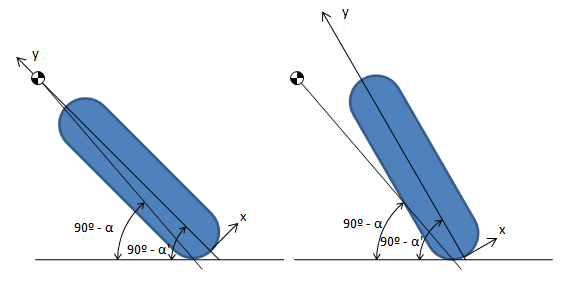In the APPENDIX 3 POWER UNIT ENERGY FLOW
With this energy flow we can see two configurations in the Power Unit.
Acceleration configuration.
All energy of car is provided to wheels, therefore ICE crankshaft by MGU-K and pressure in the air inlet with MGU-H
Brake configuration.
Power Unit try to recover energy brake, MGU-K increase the engine brake and MGU-H extract energy of air flow of engine.
ERS Limitations.
The problem is the limited the energy flow- 4MJ/lap give with MGU-K
- 2MJ/lap recover with MGU-K
- 4MJ maximum in Energy Store
- 120kW MGU-K as motor or generator
- 125,000 rpm max in the MGU-H
Therefore if we want recover the 4MJ/lap you need recover 2MJ/lap with MGU-H y you exceed the energy you can to drive to MGU-K or MGU-H and it must manage the energy flow.
How manage the energy flow?
The best way to understand is with examples.
Acceleration with MGU-H low rpm.
Used the energy store to apply power MGU-K and MGU-H
Acceleration with MGU-H high rpm.
Used exceed
pressure energy in the turbo to provide energy to MGU-K and therefore engine
save energy in Energy store, and this energy doesn’t count to 4MJ/lap,
therefore we have more energy available, provided by turbine.
Brake.
Without restrictions, all energy goes to Energy Store.
Brake with exceed 2MJ/lap exceed in MGU-K, and MGU-H with
low rpm
We can to
use the energy to MGU-K energy to increase rpm in MGU-H as flywheel, and the Energy flow between MGU-K and MGU-H don't have restrictions.
Brake
with exceed 2MJ/lap exceed in MGU-K, and MGU-H High rpm or Full energy in store
Compresor energy flow
With restrictions of rpm in the MGU-H we can keep rpm with two ways:
- Relief valve in the turbine to discharge pressure.
- Increase the works in the compressor.
The compressor works (Air Flow is blue arrows):
- P1 and T1 is the environment.
- P2 and T2 is increasing for compressor
- P3 is the same but and T3 is decreasing in the intercooler
- If we suppose P4 is environment pressure T4 is lower than environment temperature, and we can to use to cooler other ancillaries as electronics or engine, and this lets have less cooler inlet in the car.
Therefore we can to use the exceed energy/air flow to coolant other parts in the engine, and this let smaller radiators.























































